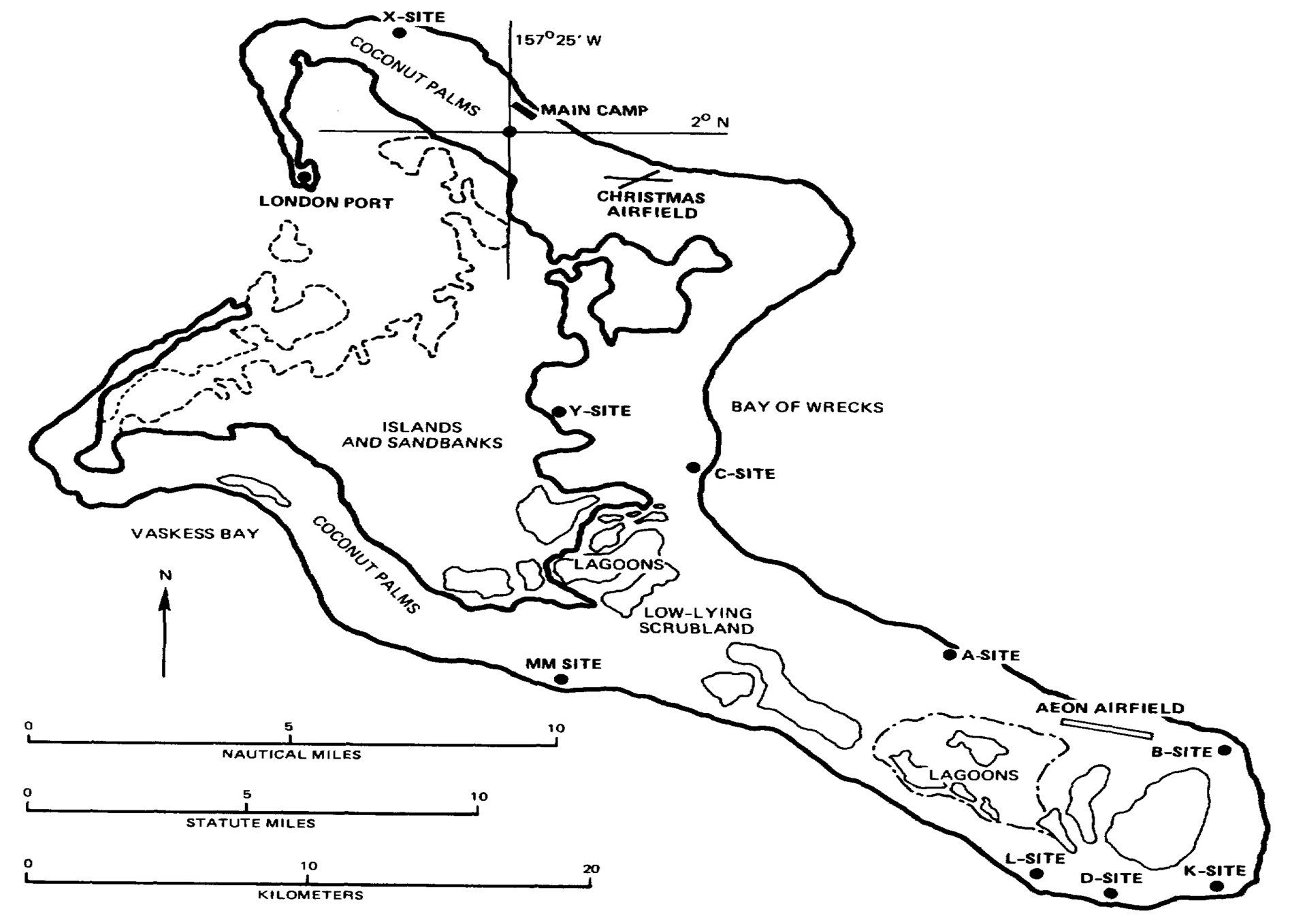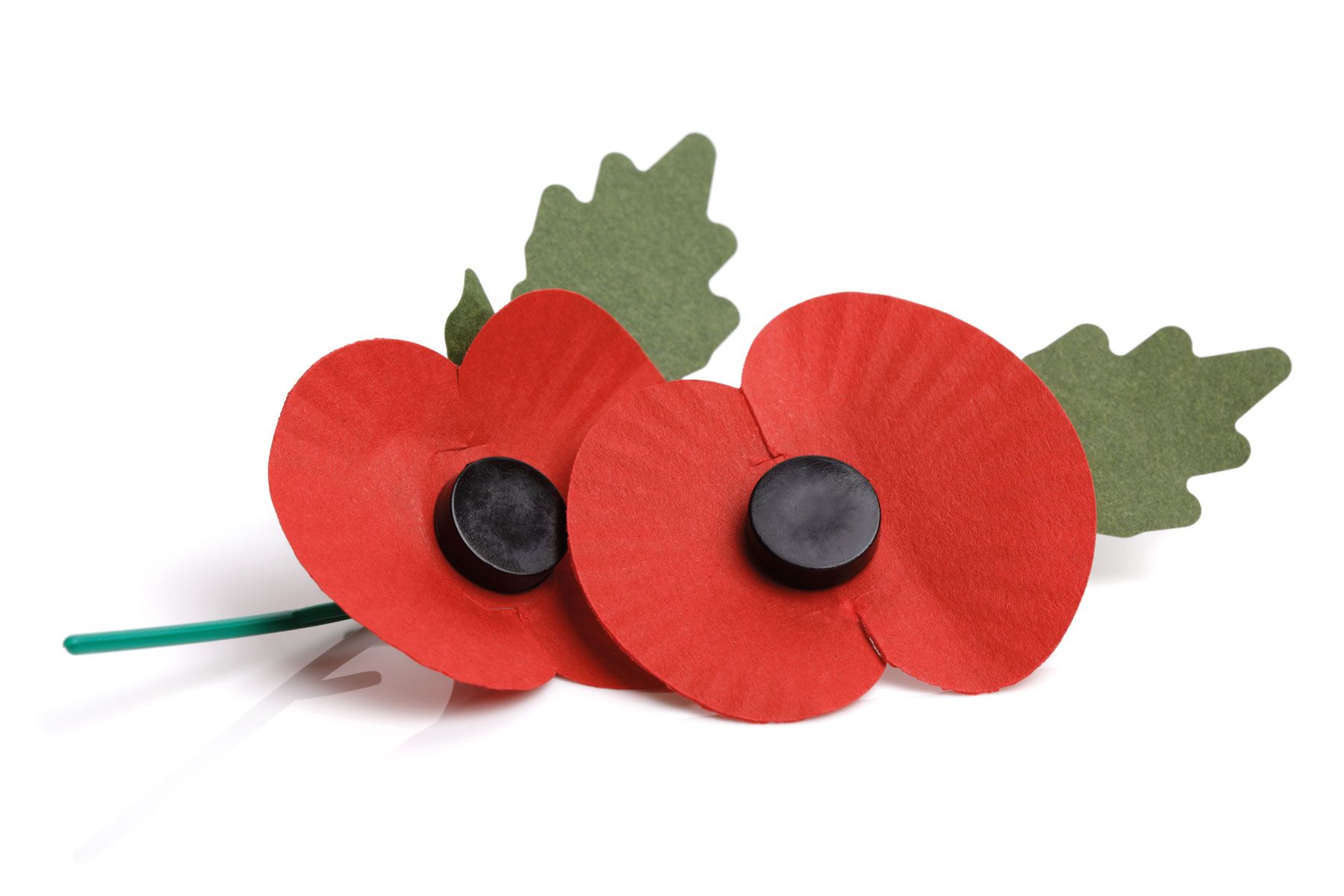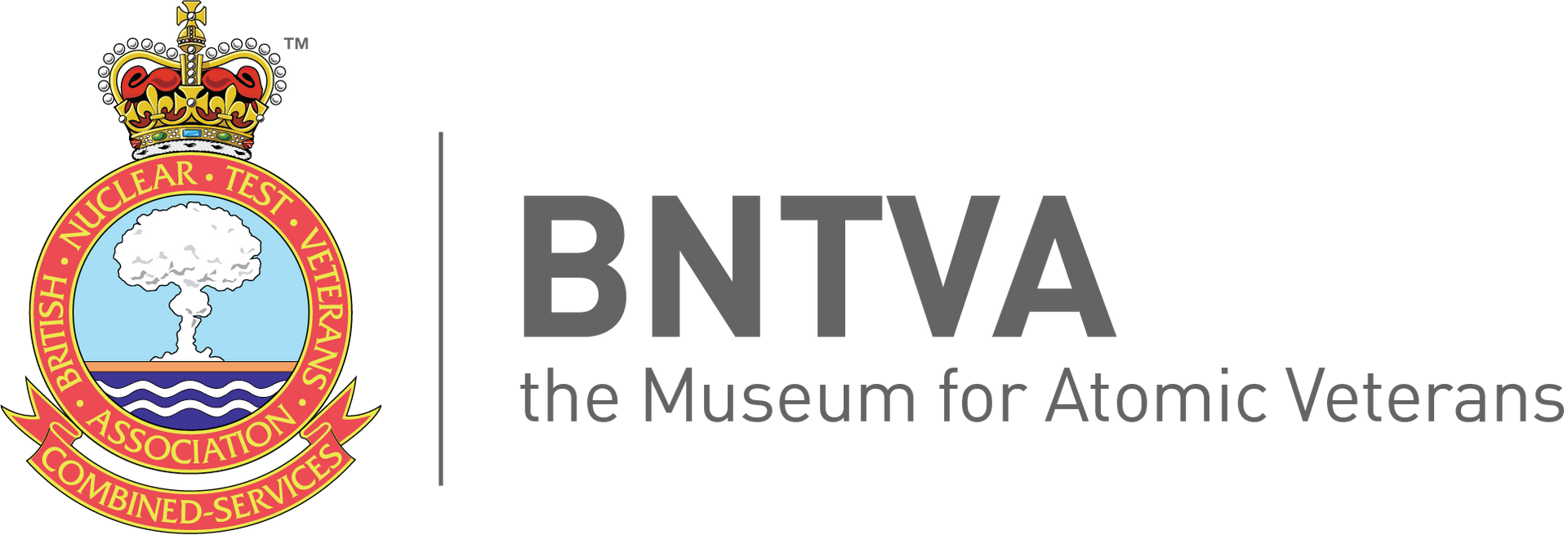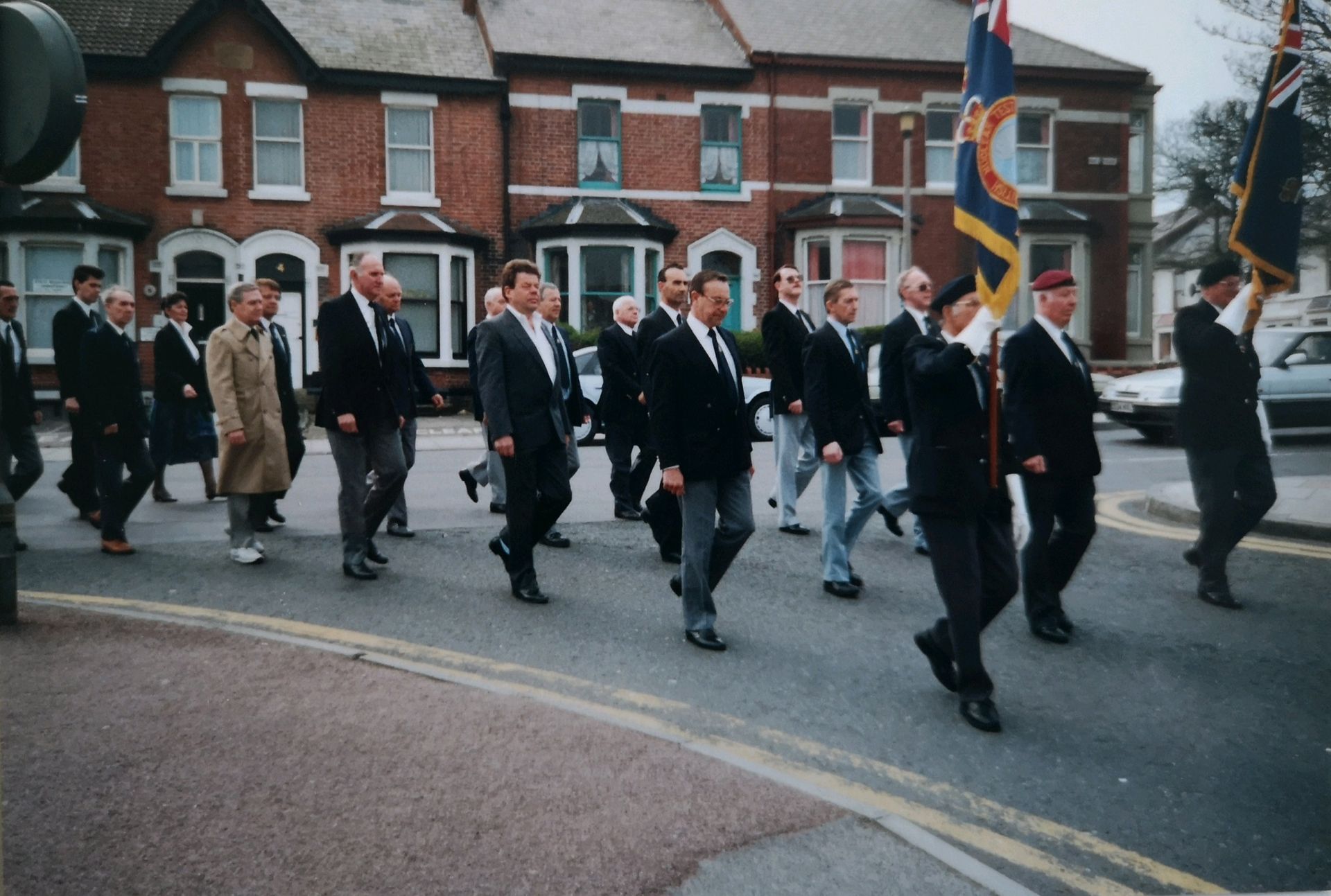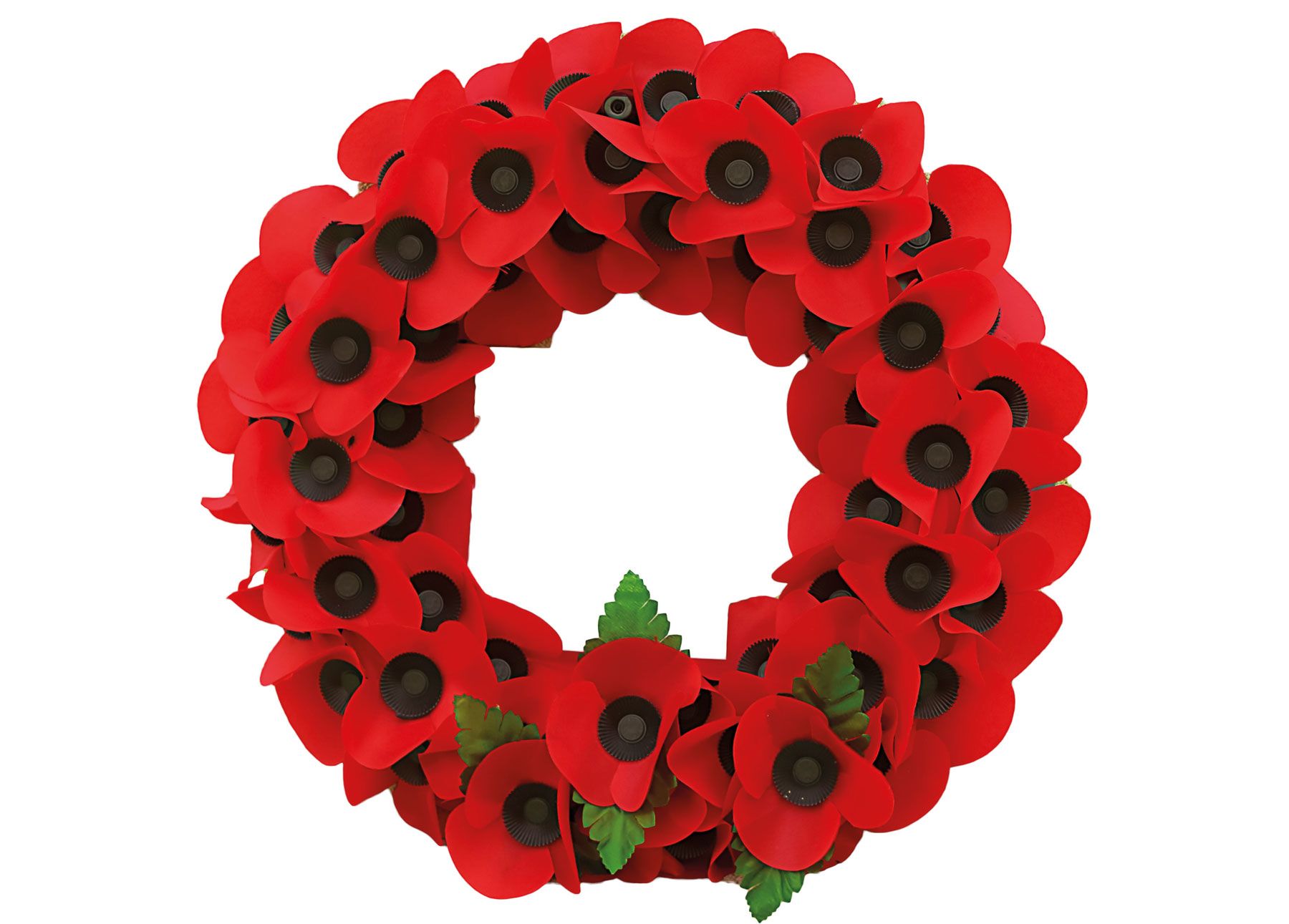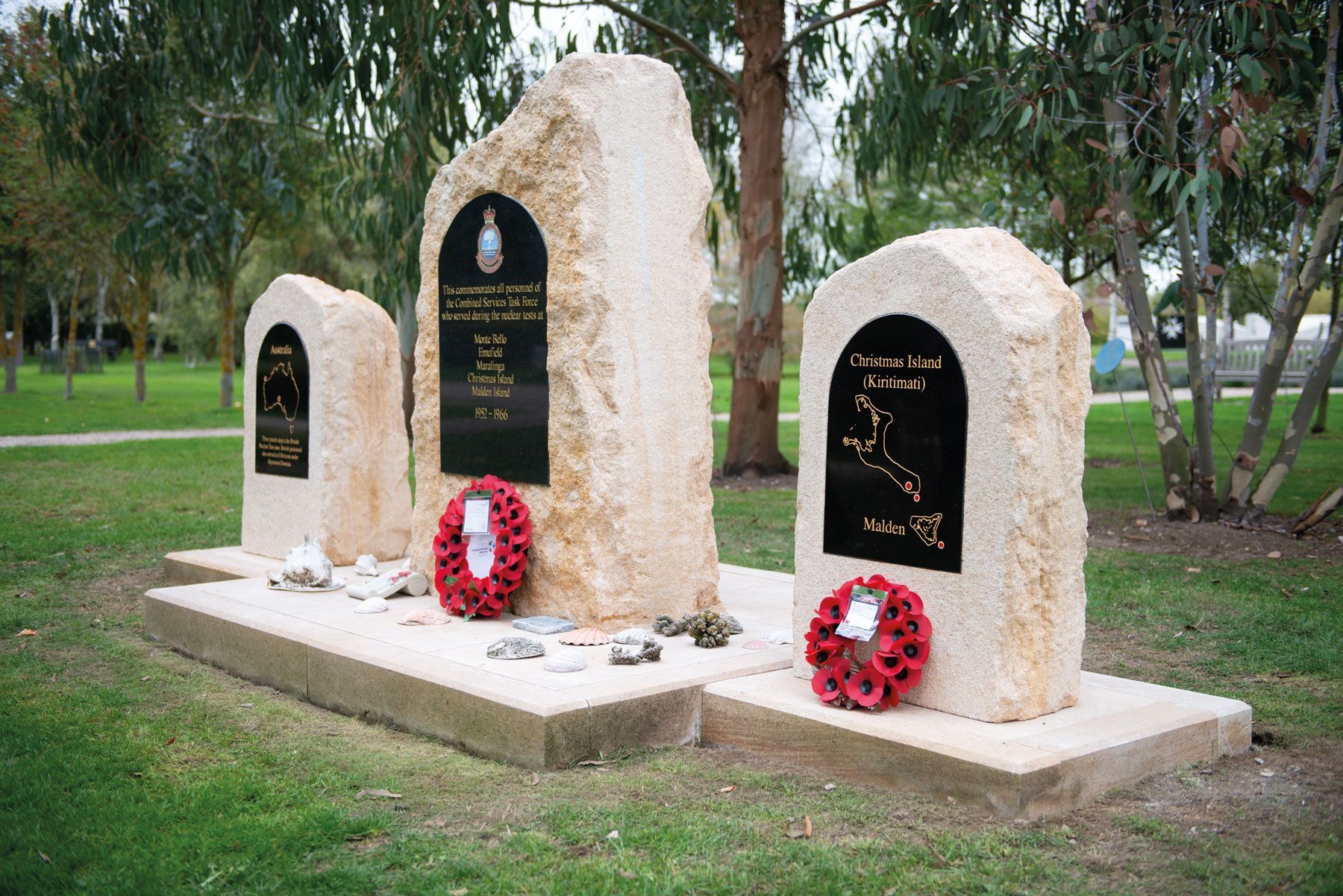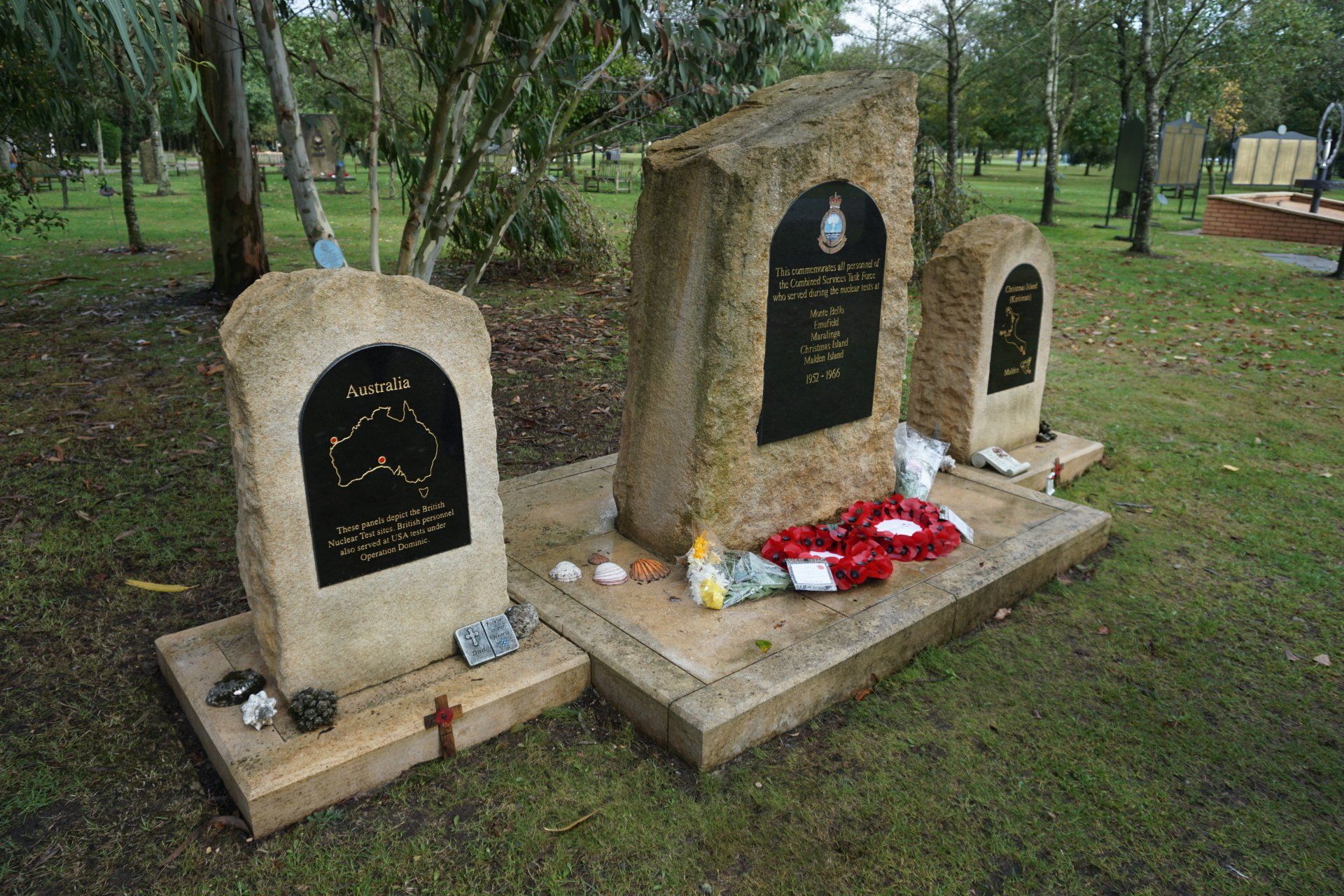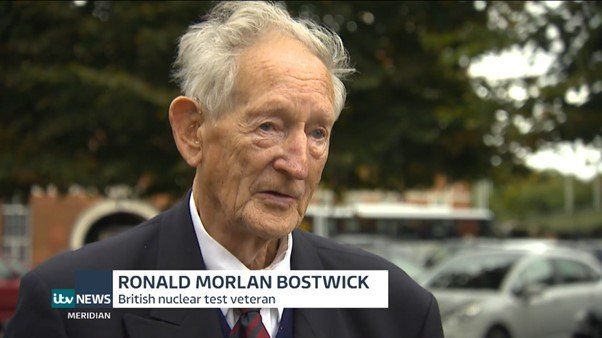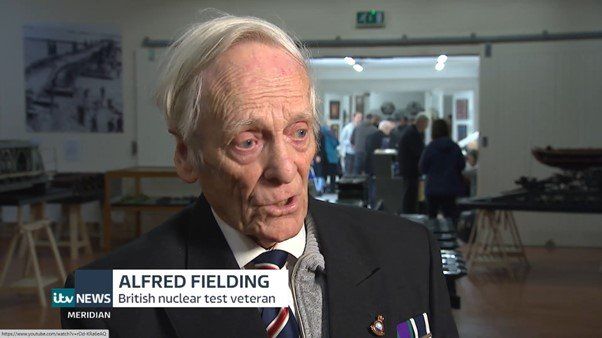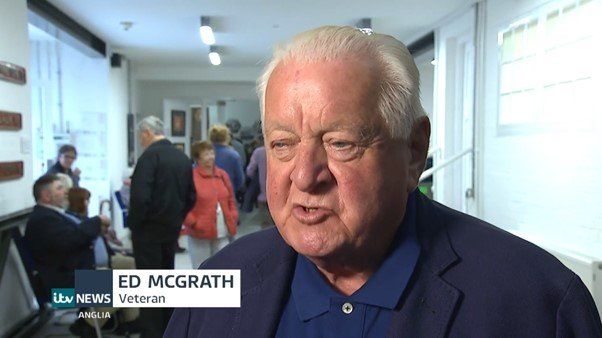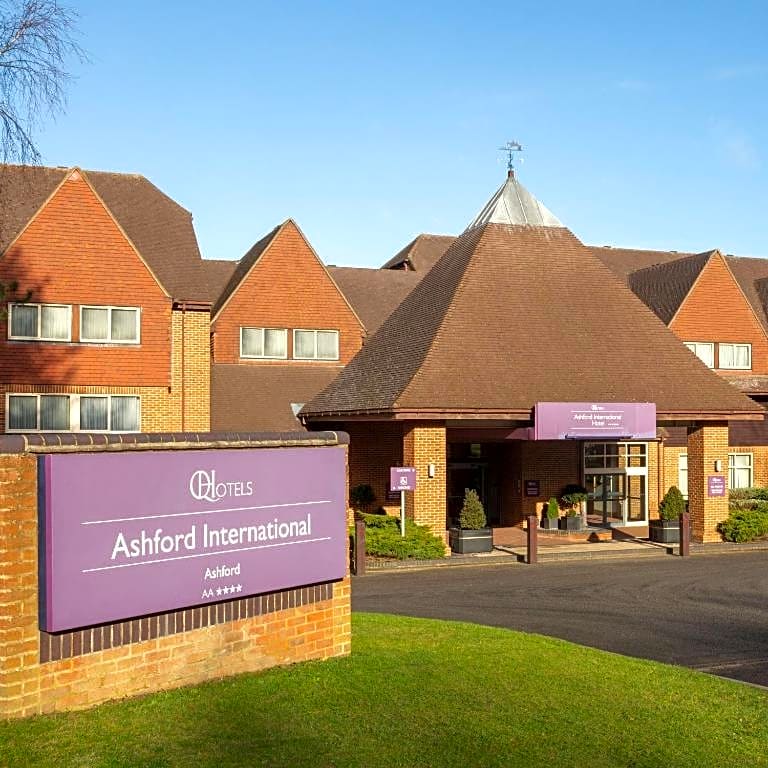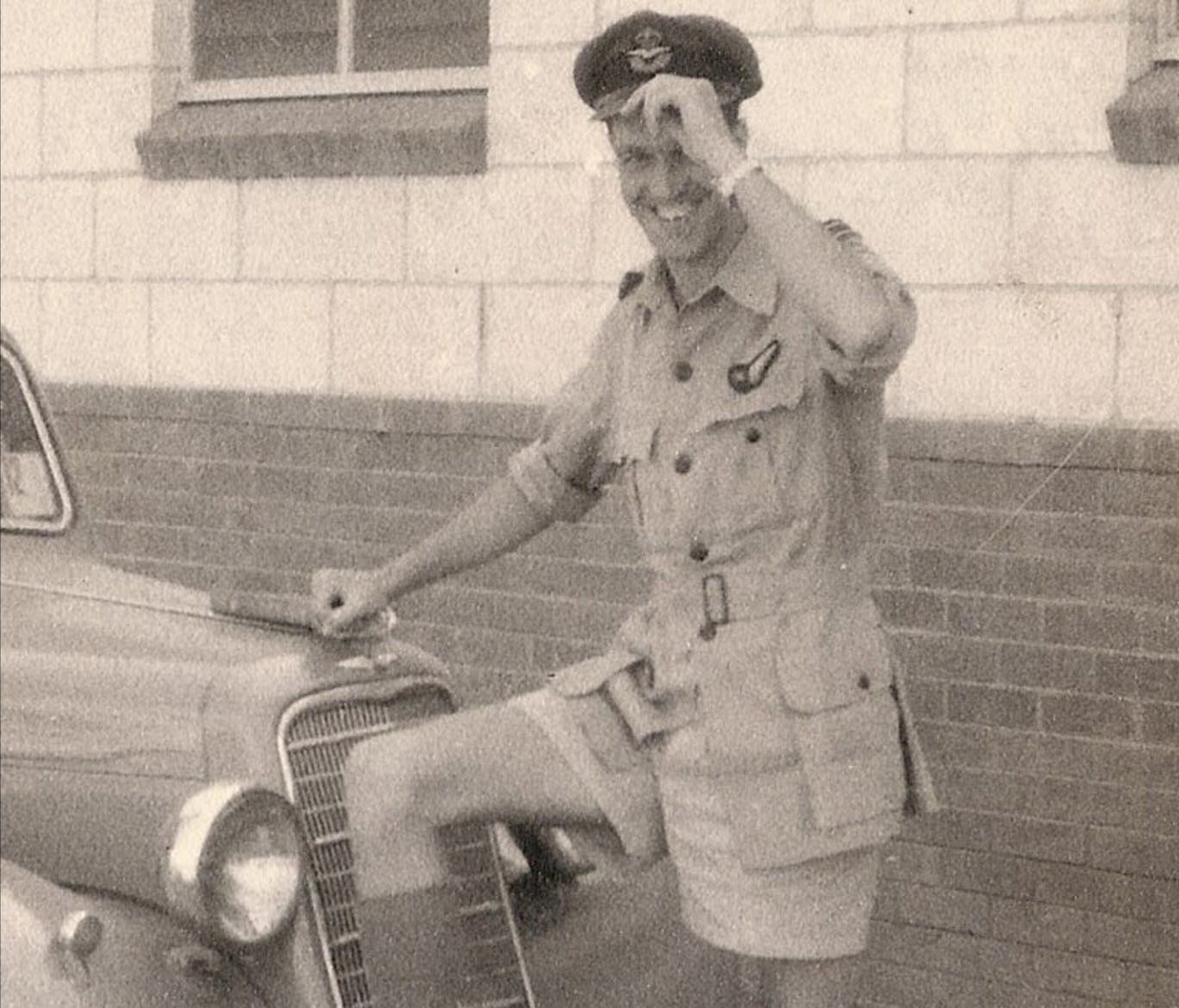Adobe
60th anniversary of Adobe
If you mention Adobe to someone today they are most likely to think of the computer software company that was founded in 1982, and whose programs are used worldwide. If you go back to an earlier description, Adobe is building material made from earth and organic materials, adobe is Spanish for mudbrick.
But Adobe means something else to some of our veterans as Adobe was the name given to the first shot of the American test programme, Operation Dominic. The test series was conducted mainly over two sites Johnston Atoll and Christmas Island.
Christmas Island had already been used for the British H-Bomb trials, Operation Grapple.
Bit of background on joint UK-US testing.
The partnership with the USA in 1962 came about 16 years after Operation Crossroads which had been last joint test where the British scientists were still directly involved, the two tests were the continuation of the work carried out during the Manhattan Project which saw British scientists from the the Tube Alloys Directorate working with the Americans at Los Alamos to develop a usable atomic weapon during World War Two.
The British team was mainly involved with the implosion design which due to it complex design was tested 16th July 1945 at the Trinity Test site. This was followed up by the dropping of Atom bombs on Hiroshima 6th August 1945 and Nagasaki 9th August 1945.
The first test of Operation Crossroads at the Bikini Atoll was the Able shot 1st July 1946, and the second shot was Baker 25 July 1946. Baker was the first underwater nuclear test, and is probably one of the most famous, with the clip of the explosion enveloping the target ships being used in many pop culture things.
Unfortunately during this period the US Atomic Energy Act of 1946 (McMahon Act) came into force and ended joint UK-US testing this caused the rift between the two countries. The Act was seen to be in contradiction to the 1944 Hyde Park Agreement, the US copy had been lost in Roosevelts papers.
The McMahon Act is seen by many as the catalyst for Britain to develop its own Nuclear weapons programmes.
Independent American testing with British involvement?
Even though the McMahon Act stopped joint UK-US operations. It didn't completely stop British involvement.
Operation Dogstar 1954
I very much doubt that many will have heard of Operation Dogstar, but this was the British detachment who attended Operation Castle in 1954.
Dogstar was part of the wider Operation Bagpipes/Likewise unit based in Australia.
This all started as an agreement to allow the British to access debris samples from the US Castle thermonuclear trials, this agreement was reached at the December 1953 Tripartite Summit hosted by Churchill on the Island of Bermuda.
Based at Kwajalein 1323 flight was made up Hastings and Canberra's. Unfortunately the first two Canberra's ran into difficulty on the journey to Kwajalein, one had made an emergency landing on a small island, (the crew were eventually rescued) and the other was lost with no survivors. These were replaced with more Canberra's from the Operation Bagpipes unit, some of which had been used to sample the Operation Totem tests.
The British personal watched the first test from the north of the island, the Bravo test was the largest US test at 15mt and was far larger than expected.
With the issues only one Canberra WH881 was used to sample the cloud the sortie took 2¼ hours of which 1½ was spent in the "hot" part.
Also fallout from the test did cover Kwajalein (some American personnel required treatment), but more famously The fallout covered the Japanese fishing boat named Daigo Fukuryū Maru or “Fifth Lucky Dragon,” located 80 miles east of the test site. All 23 members of the crew, as well as their catch, were exposed to radiation. One crewmember died several months later.
The Canberra's continued to sample the castle series and manged to sample 5 out of the 6 tests.
Interestingly the cockpit section of one of the replacement Canberra's WH887 has survived and it was on display at Sywell Aviation Museum, though It's currently undergoing restoration elsewhere.
Operation Dogstar is just one example of the cloud flying operations and even my brief description of the events during Operation Castle wouldn't be possible without the help of a brilliant book called
Sniffing and Bottling: 1323 Flight and its Successors, by Dave Forster.
There is also a good article on Operation Bagpipes in Exposure Magazine, link below.
A renewed relationship in 1962!
Even Operation Dominic wasn't the first joint UK-US test in 1962, the Pampas shot was a 9.5kt UK test carried out on the 1st March 1962. It had been included as part of the US Nougat test programme at the Nevada test base. This was our first underground test in Nevada and following the ban on atmospheric testing the site became our main proving grounds and was used up till the Julian Bristol test on 26th November 1991 which saw the end of the British nuclear test programme.
Operation Dominic
The Adobe shot was not huge compared to other tests on the island, at only 190kt, but to put into a better perspective the largest Australian test Britain carried out was at Operation Mosaic, Monte Bello Islands, WA. G2 had originally recorded at 60kt but was a revised to estimated 98kt, during the Royal Commission investigations.
Britain's largest test at Christmas Island was Grapple Y at 3mt but even this would be dwarfed by the Operation Dominic testing, 27th June the Big Horn shot was measured at 7.7mt, Yeso on the 10th June was 3mt and the last drop Pamlico 11th July was 3.9mt. over 72 days 24 bombs would be dropped off the bottom of Christmas island, and there were the other Operation Dominic tests either fired into the Christmas Island danger area or detonated at Johnston atoll some of which were still seen by servicemen on the island.
The excerpts bellow are from the Official report into Operation Dominic.*


